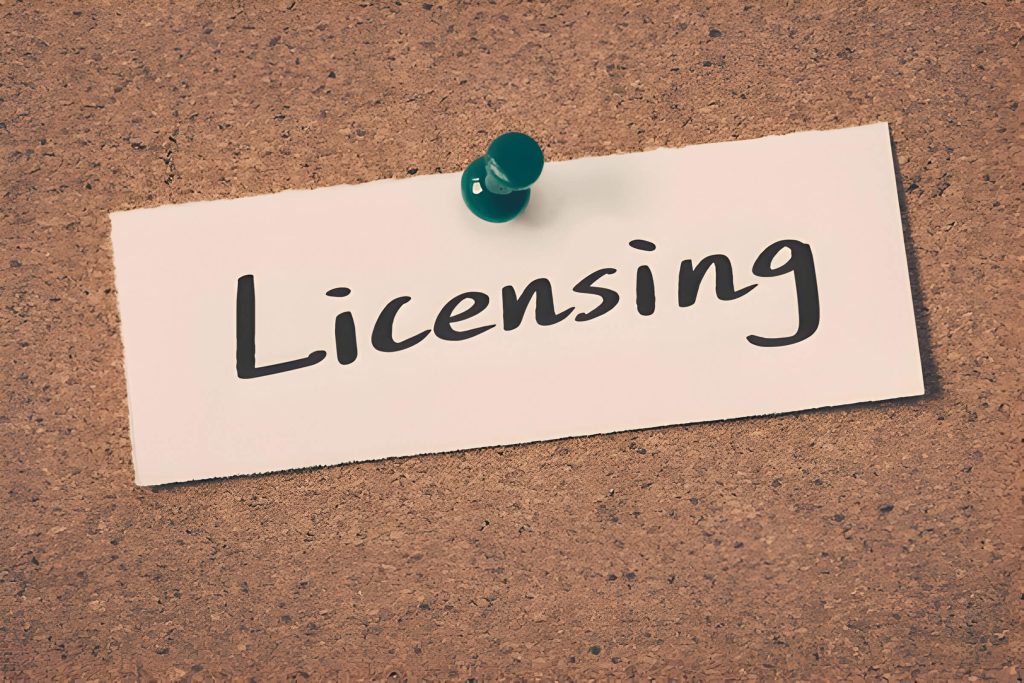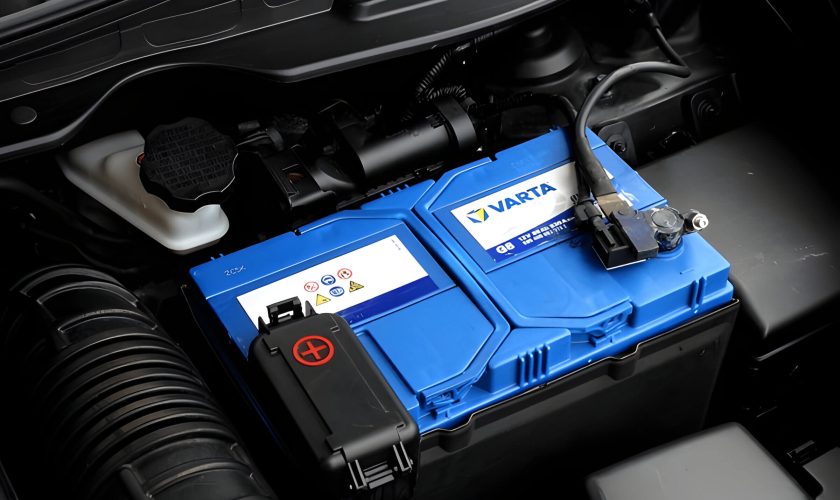Keeping your home pest-free can be challenging, but with the right knowledge and tools, you can do it naturally and effectively. This guide covers DIY pest control essentials, including identifying common pests and using natural remedies. You’ll find step-by-step eco-friendly solutions and preventative measures for long-term protection. We also compare DIY methods to professional services to help you decide on the best approach. Discover how to safeguard your home using simple yet effective techniques.
Understanding the Basics of DIY Pest Control
DIY pest control has become an increasingly popular option for homeowners looking to manage pests without the need for professional services. Home pest control can be both effective and economical when approached with the right knowledge and tools. One of the key benefits of DIY pest control is the ability to tailor solutions specifically to your home’s unique needs, ensuring a targeted approach that can often be more effective than generalized treatments.
Natural pest control methods are particularly appealing for those who prefer environmentally friendly solutions. These methods often involve using common household items such as vinegar, essential oils, and diatomaceous earth to deter or eliminate pests. For instance, a mixture of water and peppermint oil can be sprayed around entry points to repel ants and spiders, while diatomaceous earth can be sprinkled in areas where insects are commonly seen.
DIY bug removal also includes preventive measures that help keep pests at bay in the first place. Simple steps like sealing cracks and crevices, maintaining cleanliness, and properly storing food can significantly reduce the likelihood of infestations. Additionally, understanding the specific habits and life cycles of different pests allows homeowners to implement more effective strategies tailored to each type.
In summary, DIY pest control offers a practical solution for managing home pest issues through natural methods and preventive practices. By educating yourself on these basics, you can maintain a safe and comfortable living environment while minimizing reliance on chemical treatments or professional services.
Common Household Pests and How to Identify Them

Identifying common household pests is crucial for maintaining a clean and healthy living environment. This pest identification guide will help you recognize some of the most frequent intruders in homes.
1. Ants: Often seen marching in lines, ants are one of the most common pests in homes. They are attracted to food, especially sugary substances. Look for small piles of dirt or sand indoors, which can indicate an ant nest nearby.
2. Cockroaches: These nocturnal insects are usually found in dark, damp areas like kitchens and bathrooms. Cockroaches have flat, oval-shaped bodies and long antennae. Spotting even one cockroach often means there are many more hidden nearby.
3. Termites: Known for causing significant structural damage, termites feed on wood and other cellulose materials. Signs of an infestation include discarded wings near windowsills or doors, mud tubes on exterior walls, and hollow-sounding wood.
4. Bed Bugs: These tiny pests hide in mattresses, bed frames, and furniture crevices during the day and come out at night to feed on human blood. Bed bugs leave behind small rust-colored stains on bedding from their excrement.
5. Spiders: While not all spiders are harmful, some can be dangerous if they bite humans. Common household spiders weave webs in undisturbed corners or basements to catch their prey.
6. Rodents (Mice & Rats): Rodents leave droppings along their paths as well as gnaw marks on food packaging or wiring materials around the house.
Recognizing these types of pests early can prevent larger infestations from developing over time by taking prompt action against them using appropriate measures such as traps or professional extermination services when necessary!
Natural Remedies for Effective DIY Pest Control
When it comes to managing pests in and around your home, natural remedies offer a safe and effective alternative to chemical-based solutions. Natural pest repellents are not only eco-friendly but also easy to prepare with common household ingredients. Here are some effective DIY pest control methods that you can try.
Homemade bug sprays are a popular choice for keeping insects at bay. A simple yet powerful recipe involves mixing water with essential oils such as peppermint, eucalyptus, or lavender. These oils have strong scents that repel many types of bugs, including mosquitoes and ants. Just combine 10-15 drops of your chosen essential oil with water in a spray bottle and apply it around your home.
Another organic pest control solution is using diatomaceous earth, a natural powder made from fossilized algae. This substance is harmless to humans but lethal to insects like cockroaches, bed bugs, and fleas. Sprinkle diatomaceous earth in areas where you suspect pest activity; the sharp particles will damage the exoskeletons of these pests, leading to their dehydration and death.
For those dealing with garden pests, neem oil is an excellent option. Extracted from the seeds of the neem tree, this oil has been used for centuries as a natural pesticide. It disrupts the life cycle of insects by inhibiting their ability to feed and reproduce. Simply mix neem oil with water and a few drops of dish soap (to help it adhere to plant leaves) and spray it on affected plants.
Eco-friendly pest control tips also include maintaining cleanliness in your living spaces. Regularly cleaning countertops, sweeping floors, and properly storing food can significantly reduce the likelihood of attracting pests in the first place.
By incorporating these natural remedies into your pest control routine, you can effectively manage unwanted guests while promoting a healthier environment for yourself and your family.
Step-by-Step Guide to Implementing DIY Pest Control Solutions
When it comes to maintaining a pest-free home, DIY pest control solutions can be both effective and economical. Here is a step-by-step guide to help you implement these strategies successfully.
Step 1. Identify the Pest
The first step in any diy pest control process is accurately identifying the type of pest you’re dealing with. Different pests require different approaches, so knowing what you’re up against will help tailor your strategy effectively.
Step 2. Inspect and Locate Entry Points
Once you’ve identified the pest, inspect your home to locate their entry points. Common areas include windows, doors, and cracks in walls or floors. Sealing these entry points can prevent further infestation.
Step 3. Choose Natural Remedies
For those wondering how to get rid of pests naturally, there are several home remedies for pests that are both safe and effective. For instance:
– Ants: A mixture of vinegar and water can disrupt their scent trails.
– Spiders: Essential oils like peppermint or eucalyptus can act as natural repellents.
– Cockroaches: Baking soda mixed with sugar attracts and kills cockroaches when ingested.
Step 4. Implement Preventative Measures
Preventative measures are crucial in any diy bug removal process. Keep your living spaces clean by regularly vacuuming, wiping down surfaces, and storing food in sealed containers. Removing clutter also reduces hiding spots for pests.
Step 5. Monitor Progress
After implementing your chosen diy pest control steps, keep an eye on the situation to ensure that the problem is resolving. If you notice persistent issues despite following these steps, it may be time to consult a professional for more comprehensive solutions.
By following this guide on diy pest control solutions, you can effectively manage minor infestations using natural methods while maintaining a safe environment for your family.
Preventative Measures to Keep Pests at Bay Permanently
Preventing future infestations requires a proactive approach and consistent effort. One of the most effective long-term pest prevention tips is to seal entry points for pests. Inspect your home thoroughly for any cracks, gaps, or holes in walls, windows, doors, and foundations. Use caulk or weather stripping to seal these potential entryways and prevent pests from finding their way inside.
Maintaining a pest-free home also involves regular cleaning and proper waste management. Ensure that food is stored in airtight containers and promptly dispose of garbage in sealed bins. Regularly vacuuming floors, wiping down surfaces, and decluttering can significantly reduce the chances of attracting pests.
Another crucial aspect is managing the exterior environment around your home. Trim back trees and shrubs that are too close to the house as they can serve as bridges for pests. Additionally, keep gutters clean and ensure there is no standing water around your property since stagnant water can become a breeding ground for insects.
By implementing these preventative measures consistently, you can effectively keep pests at bay permanently and enjoy a healthier living environment.
The Pros and Cons of DIY Pest Control vs. Professional Services
When it comes to managing pests, homeowners often face the dilemma of choosing between DIY pest control and hiring professional services. Understanding the pros and cons of each approach can help make an informed decision.
Benefits of DIY Pest Management
DIY pest control is generally more cost-effective. With a range of over-the-counter products available, homeowners can tackle minor infestations without breaking the bank. Additionally, DIY methods offer immediate action, there’s no need to wait for an appointment with a professional exterminator. This approach also gives homeowners a sense of control over their environment, allowing them to address issues on their own terms.
However, DIY solutions have their limitations. Many off-the-shelf products are not as potent as those used by professionals and may only provide temporary relief. Without proper knowledge and training, there’s also a risk of misapplication or overuse of chemicals, which could be harmful to both humans and pets.
When to Call a Professional Exterminator
Professional pest control services bring expertise and advanced solutions that are often necessary for severe or persistent infestations. Trained exterminators can accurately identify the type of pest and implement targeted treatments that are more effective in the long run. They also have access to specialized equipment and commercial-grade pesticides that are not available for public use.
The downside is the cost; professional services can be significantly more expensive than DIY methods. Additionally, scheduling appointments may require some flexibility on your part, which could be inconvenient if you need immediate action.
While DIY pest management offers affordability and quick fixes for minor issues, professional services provide comprehensive solutions for serious infestations. Knowing when to call a professional exterminator can save time, money, and ensure your home remains safe from pests in the long term.
Pitfalls and Common Mistakes in DIY Pest Control (and How to Avoid Them)
DIY pest control can be a cost-effective and satisfying way to manage unwanted pests in your home. However, there are several pitfalls and common mistakes that can undermine your efforts. Understanding these issues is crucial for effective pest management.
One of the most significant DIY pest control mistakes to avoid is misidentifying the pest. Each type of bug requires a specific approach, and using the wrong method can exacerbate the problem. For instance, treating ants with a general insecticide might not work if you’re dealing with carpenter ants, which require targeted treatments.
Another common pitfall in DIY bug removal is neglecting to find and eliminate the source of infestation. Killing visible pests may provide temporary relief, but without addressing their entry points or breeding grounds, they will likely return. Inspect your home thoroughly for cracks, leaks, or food sources that might attract pests.
Improper use of pesticides is also a frequent error. Over-application or incorrect mixtures can pose health risks to humans and pets while being ineffective against pests. Always read labels carefully and follow instructions precisely when using any chemical treatments.
To do DIY properly, it’s essential to combine preventative measures with targeted treatments. Seal gaps in windows and doors, maintain cleanliness to reduce food sources, and use traps or baits as needed based on proper identification of the pest species.
By avoiding these common pitfalls in DIY pest control and following best practices diligently, you can effectively manage pests without professional intervention while ensuring safety for your household members.



















